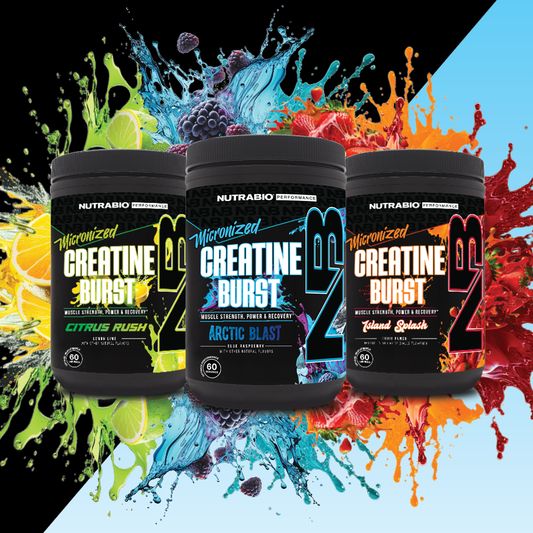Hyaluronic acid is a dietary supplement that has gained popularity for its potential benefits on joint and skin health. It is a natural compound that is found in the body, and has been shown to have a range of beneficial effects. Here is what you need to know about this popular supplement:
What is Hyaluronic Acid?
Hyaluronic acid is a natural compound that is found in the body, specifically in the skin and connective tissues. It is often used in dietary supplements to support joint health, skin health, and overall hydration.
Benefits of Hyaluronic Acid
- Joint Health: Hyaluronic acid has been found to support joint health, potentially reducing pain and inflammation in individuals with osteoarthritis.
- Skin Health: Hyaluronic acid has been found to support skin health, potentially improving skin hydration and reducing the appearance of fine lines and wrinkles.
- Improved Eye Health: Hyaluronic acid has been found to support eye health, potentially reducing dry eye symptoms.
How to Use Hyaluronic Acid
Hyaluronic acid is available in a variety of forms, including tablets, capsules, and liquids. It is typically taken orally, either on its own or as an ingredient in a joint support or skin health supplement. It is important to follow the recommended dosage guidelines for your specific supplement, as dosage can vary depending on the form and concentration of the supplement.
Side Effects and Precautions
Hyaluronic acid is generally considered safe when taken as directed. However, like any supplement, it can cause side effects in some individuals. The most common side effects include digestive upset, headaches, and allergic reactions. It is important to talk to your doctor before taking hyaluronic acid, especially if you have a medical condition or are taking medications.
Conclusion
Hyaluronic acid is a natural compound that is found in the body and has gained popularity for its potential benefits on joint and skin health. While it is generally safe when taken as directed, it is important to talk to your doctor before taking hyaluronic acid, especially if you have a medical condition or are taking medications.


